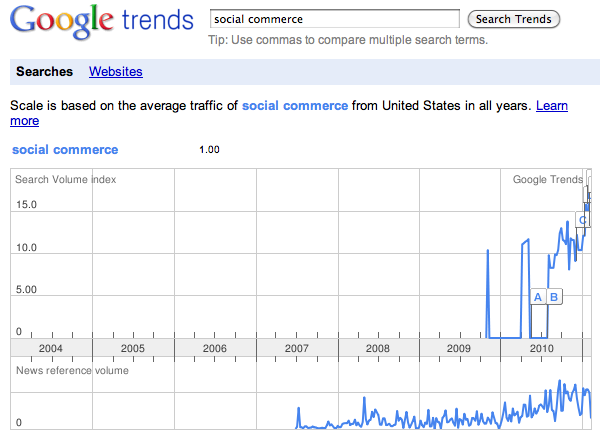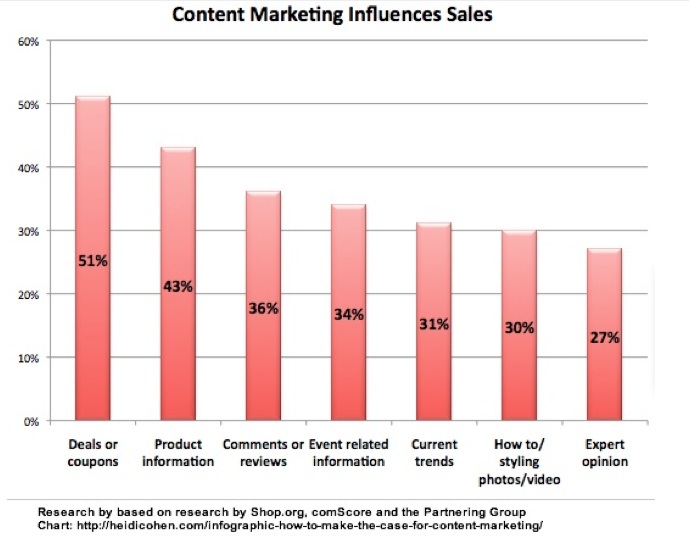E-commerce has made its entry into the cellular arena. The impact last year was so huge that 2012 was labeled “year of mobile” and this influx is not going to decline for sure. Thus, M-commerce came into existence, which allowed users to access the shopping channel to find detailed info on pricing and availability of their favorite commodities.
To break the pretty high standard created by computers, tablets and smartphones need to match up with better online interface, fast speeds and reliable experience. Let’s look at three important steps to augment the M-commerce experience:
1. Site Design Optimization
The mobile screen is compact and more precise. Hence, the web page must sport a clean, clutter-free look. There is a very good reason behind why the page designers should break and remodel their fundamentals about site designing.
A mobile device gives internet speed as per signal strength of the operator. The designers must take in account the worst case scenario and develop the website accordingly. Using strategies like site acceleration via content delivery networks that works for computers may fall flat on face if signal strength is poor. So sorting and deleting a bulk of excess data can help the user to gain enough speed.
2. Responsive Design
By 2016, it is statistically expected that tablets will be used for shopping and commerce purpose by 6.9 percent from the currently calculated 2.8 percent in 2011. Hence, design that can respond very well needs to be created. Thanksgiving of 2012 has showed U.S. citizens’ growing interest in “couch commerce” trend, where people are shopping through their tablets while lying on couches in their homes.
A customized approach for content display is essential. For example, given that tablet screen is larger than phone, the tablet can support more visual effects and contents with large spaced out buttons. As a result, a lot of designers need to create dedicated tablet, phone and computer web pages separately. This can cause extra expense of time and money. A lot of these designing are outsourced, sometimes companies giving up on quality testing and load analysis.
Responsive design works because the entire site can be made at one go and it can detect the output mode, capacity, traffic and display pages accordingly. The process requires one single coding for all devices.
3. The True End-User Perspective
A website receives excess load with ads, plug-in, user reviews, ratings and comments. This can delay download of web pages in computer and as a result, you can expect most of the features to go missing in the mobile version. The data center report and sampling at intervals can be used to measure performance. Apart from business intervals, an all time vigilant system to monitor the traffic is necessary as well. The focus will shift on these three aspects given the rampant rise in mobile commerce in recent years, giving a more user-friendly M-commerce experience.







